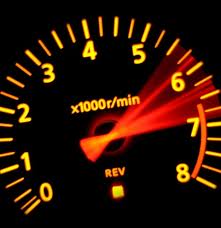 Metabolism 101
Metabolism 101
Simply put, metabolism is the process of breaking down proteins, carbohydrates, and fats to supply the energy your body needs to maintain itself. The rate of your metabolism depends on the interaction between the number of calories you eat, the number of calories you burn while eating and exercising, and the calories you burn based on your individual genetic makeup.
So, how can you increase your metabolism? Well, there’s not much you can do about your genes (they only account for a measly 5% of total daily calorie consumption anyway). But you can burn more calories, and lose more weight, just by tweaking a few of your habits. If your weight loss is at a standstill you may be missing some easy tricks you can adapt to rev up your metabolism and maximize your weight-loss progress.
To increase your metabolism — and keep it humming — practice the following habits:


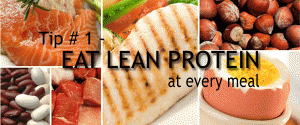 Eat protein at every meal
Eat protein at every meal
When it comes to food, think protein. Because your body uses energy to digest food, eating any type of food at all gives your metabolism a slight uptick — but the consumption of protein contributes the greatest metabolic boost when compared with carbohydrates and fat. In addition, protein can increase your metabolism by helping to maintain and build muscle mass. So be sure to include protein with every meal and snack. If you’re tired of the usual suspects — egg whites, chicken, fish — try some of the more unexpected protein choices to help liven up your menus and surprise your taste buds, such as lentils, chia seeds, tempeh, or quinoa.
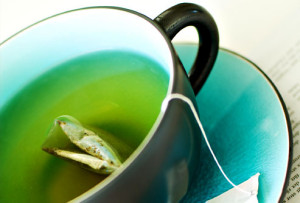 Drink green tea daily
Drink green tea daily
This potent antioxidant-loaded tea may be as close to a fat-burning potion as it comes. Just don’t add sugar — it’ll counteract that calorie-burning advantage. It acts as a thermogenic brew, which means it slightly warms the body’s core temperature, giving a slight boost to the metabolic rate. A recent study published in the Nutrition Journal found that green tea may be more effective at suppressing appetite than plain water. (Beverages in general help expand your belly with liquid volume so you fill up on less food.) Its naturally potent load of antioxidants makes it a steaming cup of health. To get its full metabolic-boosting effects, you really have to sip it intermittently throughout the day. Enjoy a cup of hot or iced green tea with breakfast, lunch, and dinner — three cups (or glasses) a day — to maximize your weight-loss efforts. Since it’s a caffeine source, better to limit your intake of coffee and other caffeinated beverages if you adopt this otherwise healthy sipping habit.
 Don’t sit still.
Don’t sit still.
The “fidget factor” — activities such as cleaning the house, playing an instrument, even wiggling your toes — has a cumulative effect on body weight, which some experts believe may be even more important than formal exercise in determining whether you are thin or fat. I encourage you to scrub your tub, take the stairs, and dance to your favorite tunes while you cook dinner; play with your kids, put your wastebasket at the far end of your office, and wander around when you’re talking on the phone; and just plain FIDGET whenever and wherever you can, to keep your metabolism revved up throughout the day.
 Shock your tongue.
Shock your tongue.
Chillies really have the X factor for fat loss; the body burns more calories just trying to bring the heat down. Spices, including jalapeno pepper, cinnamon, turmeric, curry and garlic also have been shown in various studies to have a thermogenic effect. Be liberal with spicy ingredients, and incorporate them into more meals: Consider adding chopped hot peppers to scrambled eggs, chicken or tuna salad, and tossed salads, or make a spicy sandwich spread by mixing a generous shot of hot sauce into hummus or low-fat mayo. Why? New research has found that adding spicy ingredients to your food can help suppress your appetite and even stoke your metabolic fire a bit. In one study, dieters who didn’t normally eat spicy foods ate a soup seasoned with cayenne pepper for lunch, resulting in them consuming 60 fewer calories at their next meal and burning an extra ten calories. Sure, it’s a small amount, but over time it adds up!
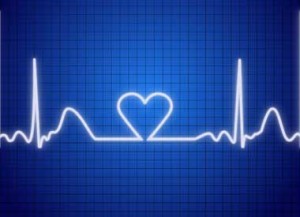 Get keen on cardio.
Get keen on cardio.
When thinking of slimming down/cutting, a lot of people will turn to cardio. It’s a word that embraces a lot of things, but the simple act of cardio is as small as going for a walk, or anything really that requires movement that increases your heart rate over an extended period of time. Which type you should perform depends entirely on your goals. Aerobic exercise (like running, brisk walking, swimming, and bike riding) increases many different metabolic processes (like your heart rate), all of which burn through extra calories. But did you know that aerobic activities also keep your metabolism humming at a higher speed for hours after exercising? You can use it to shock your body out of a plateau.I recommend doing some form of aerobic activity for 30-plus minutes at least four or five days each week. And if you can find a way to squeeze in cardio every day, even better!
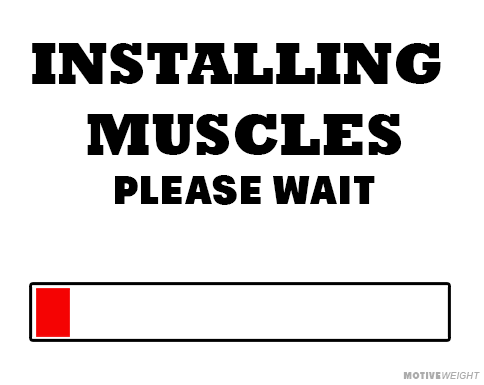 Build more muscle.
Build more muscle.
Our bodies constantly burn calories, even when we’re doing nothing. This resting metabolic rate is much higher in people with more muscle. It’s true what they say about muscle burning more calories than fat: Muscle is about three times more metabolically active than fat tissue, so by increasing lean muscle, you’ll burn more calories 24/7 (even when you’re sitting still!). Strength-training exercises, like lifting weights or doing crunches, lunges, squats, or planks will build up your muscle mass, so aim to do about 15 minutes of strength-training two to three times a week, in addition to plenty of cardio.
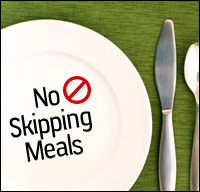 Keep eating.
Keep eating.
Even when you’re cutting calories to lose weight, it’s important to feed your fire and keep your metabolism at its optimal level by eating at least 1,000 calories a day. Your body and metabolism thrive on food, so when you fast, crash diet, or restrict your intake to below 1,000 calories, your metabolism will respond by sloooowing down to conserve energy. Imagine your metabolism as a blazing fire: Feed the fire continually with wood and it will keep burning at a good rate, but if you run out of wood, the fire goes out. I recommend eating a meal or snack every four to five hours to properly fuel your metabolism and keep it burning all day long.
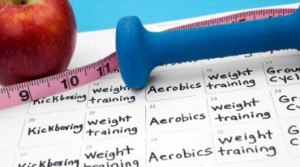 Change up your workout routine occasionally.
Change up your workout routine occasionally.
If you’ve been working out for a while and the numbers on the scale won’t budge, it’s probably time to switch up your routine — perhaps you and your body are simply becoming bored with the same old program. Vary your food choices as well, if you eat and exercise the same way day in and day out, your body will adapt to your routine and your metabolism becomes sluggish. Browse for healthy recipes online, try a new restaurant, or modify your exercise program every couple of weeks. If you walk daily, try adding speed or hills to kick it up a notch. Sometimes little changes are just enough to recharge your body and propel you out of a rut.
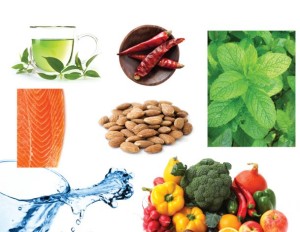 Skip processed, go whole.
Skip processed, go whole.
Whole foods — think vegetables, fruits, and whole grains — require your body to work harder during digestion than processed foods like sugary snacks and refined “white” starch. That means your metabolism gets a significant boost when you eat meals containing foods in their natural state. When researchers gave participants either a “whole-foods meal” (whole-grain bread with cheddar cheese) or a “processed-food meal” (white bread with processed cheese slices) containing the same number of calories, those who ate the whole-foods meal burned about 50% more calories digesting their sandwich. To cash in on this metabolic advantage, eat a clean diet that focuses on fresh produce, lean proteins, and whole grains, while minimizing the refined junk like sugary cereals, white breads and pasta, white rice, chips, and cookies. You’ll accelerate your weight loss simply by changing the foods that you eat, even if your total number of daily calories remains the same.
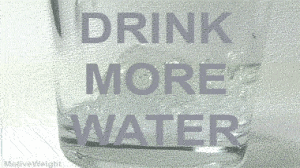 Stay hydrated.
Stay hydrated.
Water is necessary to maintain a healthy metabolism. In fact, about 60% of your body is water; so you must stay hydrated to function efficiently. How much water is enough? According to the Institute of Medicine, the requirement for the average woman is nine cups of fluids per day. For men, it bumps up to 13 cups. Very athletic individuals and people who live in super-hot climates require even more. Sounds like a lot, but rest assured, it adds up quickly — and although water is your best bet, all fluids count including the water containing vegetables.
 Go to bed earlier.
Go to bed earlier.
Research has shown that sleep deprivation can have a significant impact on your ability to lose weight. The major players in this snooze-lose link are two hormones: leptin and ghrelin. Lack of z’s results in lower levels of the appetite-suppressing leptin and higher levels of the appetite-boosting ghrelin. Compounding this hormonal glitch is the simple fact that when we sleep less, we have more opportunities to eat. Also, when we’re tired from lack of sleep, we have less resolve to fight cravings and mindless munching. The obvious solution to this problem is to get more sleep — aim for at least seven hours a night. And before you say “impossible,” think about this: One study showed that the difference in the amount of shut-eye between obese subjects and slim ones was about two hours a week — that’s only 17 minutes more sleep per night!

